Stem Cell Treatment in Korea

Cellinique’s STEM CELL
Stem Cells: The Source of Infinite Possibilities – From Undifferentiated to Life
Stem cells are cells that exist everywhere in our bodies and have excellent regenerative abilities that help restore damaged parts of the body.
STEM CELLS
Stem cells are undifferentiated cells that have not yet differentiated.
They have the ability to develop into various specific tissue cells.
While normal cells simply increase their number through division, stem cells have the special ability to form various types of cells and tissues, such as brain, skin, cartilage, bone, nerves, and muscle, through a process of differentiation as well as division.

We are committed to your beauty, providing personalized consultations and customized treatments with dedicated care.
We will take full responsibility for your beauty, from 1:1 consultations to customized treatments.

Cellinique’s STEM CELL
PRINCIPLES
Step 1.
1:1 customized consultation
Step 2.
Comprehensive blood test
Step 3.
Peripheral blood, bone marrow, fat extraction
Step 4.
Cell separation and concentration
Step 5.
Stem cell injections (intravenous, subcutaneous)

Cellinique’s STEM CELL
STEM CELL SPECIALITIES
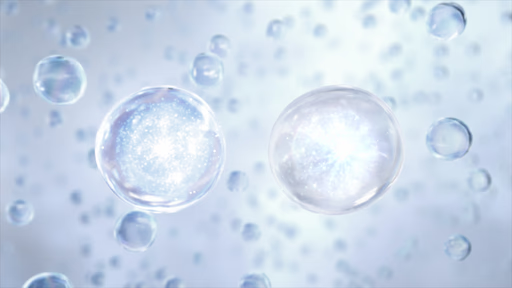
homing effect
A phenomenon in which the body seeks out damaged parts and regenerates them on its own.
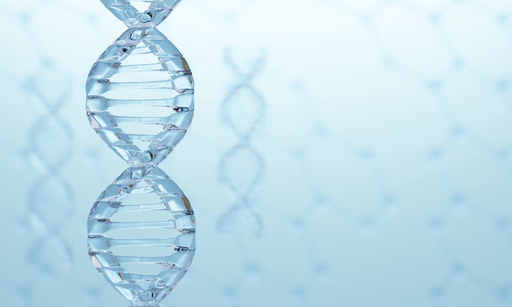
Self-replication ability
The ability to produce cells
with the same form and abilities as one’s own
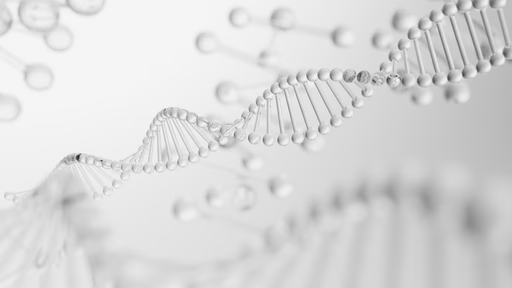
Diversification ability
The ability to transform into cells with different structures and functions

Cellinique’s STEM CELL
OPTIONS
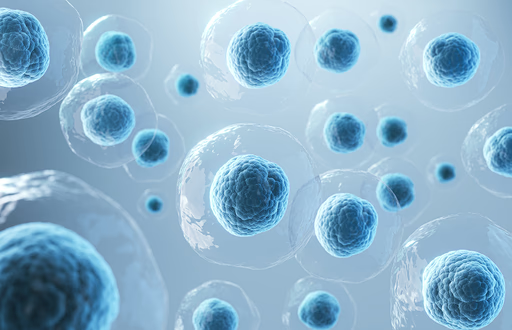
Embryonic stem cells
A phenomenon in which the body seeks out damaged parts and regenerates them on its own.
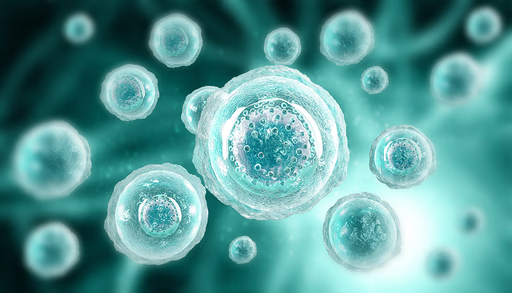
induced pluripotent stem cells
Cells similar to embryonic stem cells created by manipulating fully grown somatic cells
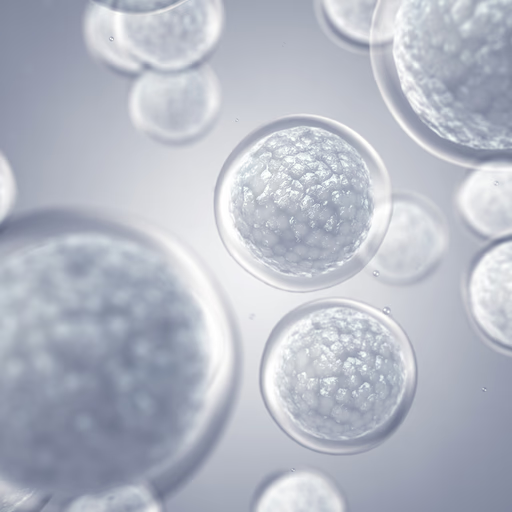
adult stem cells
Stem cells that already exist in our bodies are the safest without the possibility of causing cancer.

Cellinique’s STEM CELL
EFFECTS
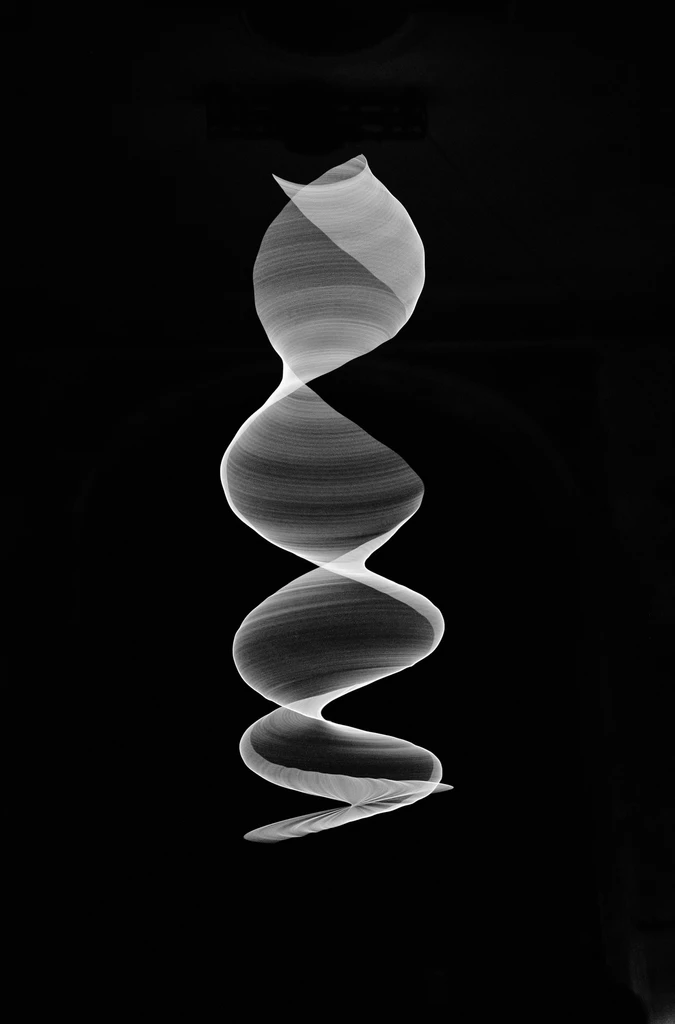
Whole body anti-aging
Skin Anti-Aging
Improve immunity


The eternal beauty that never fades, start now.
Frequently Asked Questions
What is stem cell therapy?
Stem cell therapy involves using undifferentiated cells that can transform into various tissue types to repair or replace damaged tissues and organs. These cells have the unique ability to self-replicate and differentiate into about 210 types of tissue cells that make up the body, making them valuable in treating chronic and intractable diseases.
What types of stem cells are used in treatments?
Stem cells are primarily categorized into embryonic stem cells and adult stem cells. Embryonic stem cells can differentiate into all tissue types but are generally not used due to ethical concerns. Adult stem cells are harvested from grown body tissues and can differentiate according to the characteristics of each organ, making them suitable for various therapeutic applications.
What conditions can be treated with stem cell therapy?
Stem cell therapy is being researched and applied in treating a variety of conditions, including heart disease, brain disease, spinal cord injuries, diabetes, and degenerative diseases. It is also used in regenerative medicine to repair damaged tissues or organs, such as artificial skin or cartilage transplants.
How does stem cell differentiation work?
Stem cell differentiation is the process by which stem cells transform into specific tissue cells. This transformation is guided by various internal signals, such as gene expression regulation, and external signals, including stimuli from other cells or growth factors. As differentiation progresses, stem cells gradually acquire the functions of mature cells in specific tissues.
What are the ethical considerations in using embryonic stem cells?
The use of embryonic stem cells involves ethical concerns because they are derived from fertilized eggs and have the potential to develop into any cell type in the human body. Due to these ethical issues, the use of embryonic stem cells is generally prohibited or highly regulated, leading to a focus on adult stem cells in therapeutic applications.
